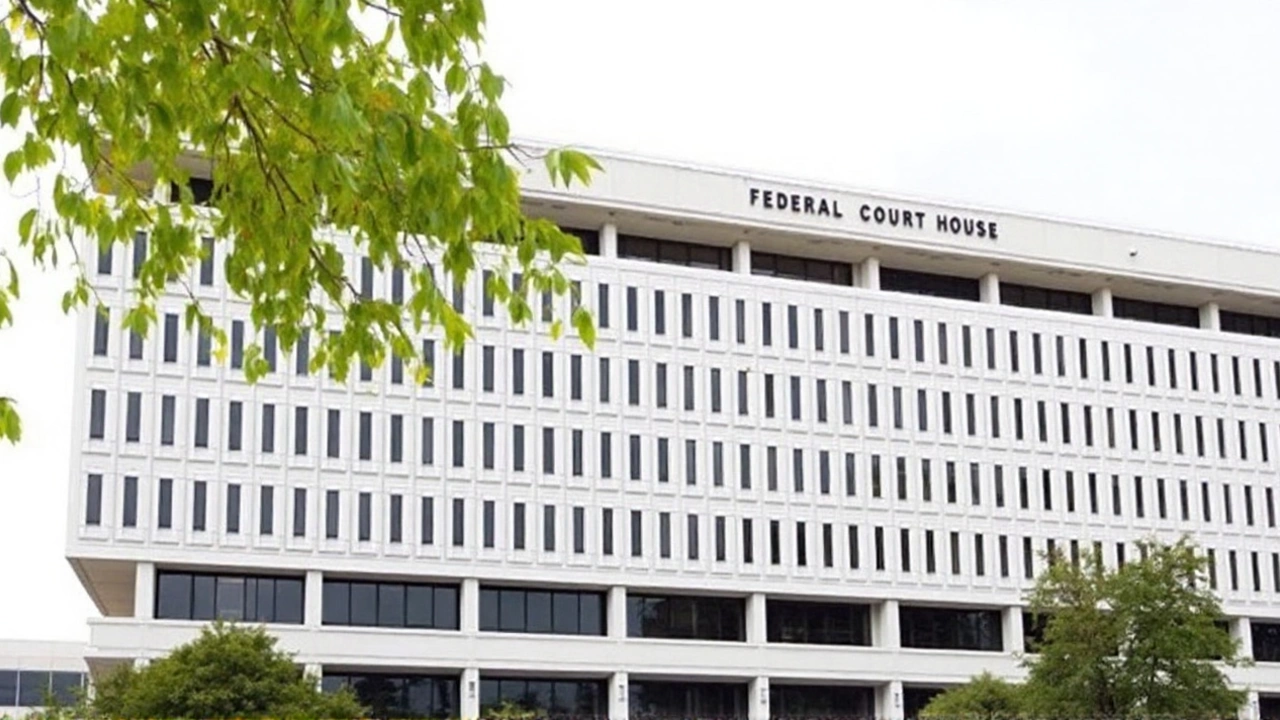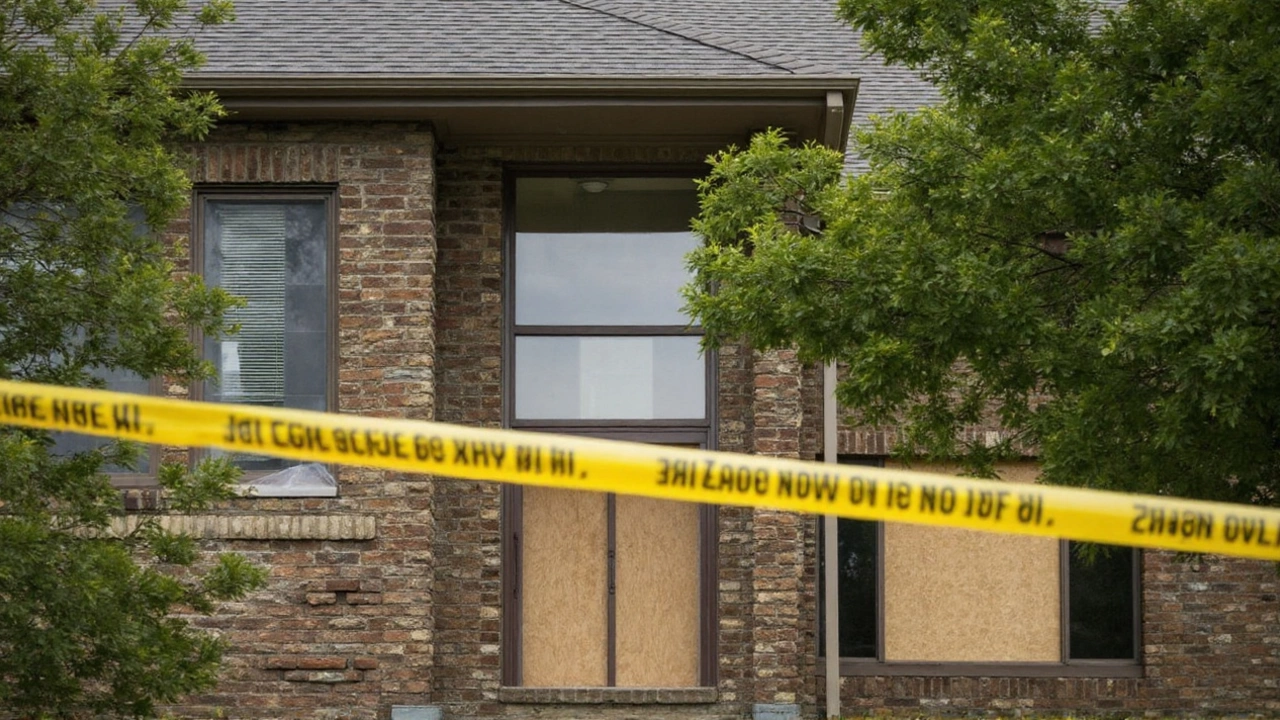
What judges weigh before trial
When a high-profile suspect is accused of attacking public officials, the first big decision often isn’t about guilt. It’s about whether the person waits for trial at home or in a cell. In federal court, that call falls under the Bail Reform Act, which tells judges to weigh danger to the community and risk of flight. The stakes are obvious: public trust, safety, and the integrity of the legal process.
Under the law, prosecutors can ask a judge to detain a suspect before trial if they believe no set of conditions—like GPS monitoring, house arrest, or a third-party custodian—will keep people safe or make sure the defendant shows up to court. Defense lawyers push back, arguing their client has deep community ties, a clean record, or that strict conditions will work. Pretrial Services, a neutral arm of the court, interviews the defendant, checks records, and gives the judge a report with a recommendation.
Judges look at a few core questions:
- Nature and seriousness of the charges: crimes involving violence, weapons, or targets in public life heighten concern.
- Weight of the evidence: not to decide guilt, but to gauge incentives to flee if the case looks strong.
- History and characteristics: prior convictions, mental health treatment, substance use, employment, and family ties all matter.
- Danger to any person or the community: patterns of threats, planning behavior, and access to weapons are central.
In some cases, the law creates a presumption that detention is appropriate—especially when firearms are tied to crimes of violence. The defense can present evidence to overcome that presumption, but it shifts the starting point. Judges can also order competency evaluations if there are signs the defendant can’t understand the proceedings or help their lawyer, pausing the timeline while doctors assess mental fitness.
Security details often spill into the hearing. If investigators found a cache of weapons, evidence of impersonating law enforcement, or a detailed plan targeting specific people, prosecutors frame those facts as proof that the risk is real and ongoing. They may add that victims and witnesses now need protection, and that the court should keep the defendant in custody to prevent tampering or intimidation.
Defense lawyers counter with tight guardrails: no internet, no firearms, no travel, frequent check-ins, and monitored communications. They argue presumption of innocence should mean release unless there’s clear evidence the person can’t be safely supervised. The judge’s ruling—detention or release with conditions—can be revisited if facts change.

Why political targeting raises the stakes
Cases involving public officials land with extra weight because the alleged harm reaches beyond individual victims. Attacks at private homes, impersonation tactics at the door, and online stalking can spread fear through a legislature, a city council, or a state judiciary. For investigators, that means a wider circle of potential targets and a faster race to lock down threats.
Prosecutors in such cases tend to focus on planning behavior. Did the suspect scout locations? Acquire multiple weapons? Stockpile ammunition? Search online for personal addresses? Buy police-style gear to gain entry? Each detail shifts the risk assessment. The more deliberate the conduct looks, the easier it is to argue that release conditions won’t be enough.
Evidence in these investigations often spans digital and physical footprints. Agents pull location data, examine messaging apps, image caches, and purchase histories; they also process shell casings, tool marks, and DNA. If a suspect used a car across counties or states, that can trigger federal jurisdiction—particularly with stalking statutes, firearms counts, or obstruction charges. Judges hearing detention arguments get a snapshot of this evidence long before a jury ever does.
Threats against public officials have stayed elevated in recent years. The U.S. Capitol Police reports thousands of threat cases annually, a sustained high since the late 2010s. Statehouses and city halls have felt the ripple effects: more security briefings, more home security assessments, and more coordination between local police and legislative sergeants-at-arms. That context doesn’t decide any single case, but it shapes how courts think about risk and the potential for copycats.
What happens next? After a detention decision, the case shifts to nuts and bolts. Prosecutors must turn over discovery: reports, lab results, digital evidence, and witness statements. Defense teams comb for weaknesses—search warrant defects, suggestive identifications, chain-of-custody gaps—and may file motions to suppress evidence or exclude expert testimony. In high-profile matters, judges sometimes consider protective orders governing how sensitive material is handled to protect victims, witnesses, or ongoing investigative leads.
Venue can become a fight. If publicity is intense, defense counsel may ask to move the trial, arguing local jurors can’t be impartial. Courts rarely grant those motions early, but they keep the door open if jury selection later shows unworkable bias. Gag orders also surface in cases where public statements risk tainting the jury pool or inflaming tensions.
Victim services ramp up in parallel. Federal law gives victims the right to be notified of major developments, attend hearings, and be heard at sentencing. In politically sensitive cases, that support often includes safety planning, counseling referrals, and help navigating sealed filings or pseudonyms to protect privacy.
Sentencing exposure varies with the charges. Interstate stalking resulting in death, firearms counts tied to crimes of violence, and obstruction-related offenses can carry decades in prison, and in some circumstances, life. Defense lawyers aim to narrow exposure by challenging the most serious counts, questioning intent, or negotiating plea terms that reflect remorse and cooperation. Prosecutors look for aggravators: multiple victims, advanced planning, impersonation of law enforcement, or attacks in a home, which juries often view as especially corrosive.
One more practical point: timelines stretch. Forensic backlogs, expert reports, and digital extractions take months. Judges have to balance a defendant’s speedy-trial rights with the realities of complex evidence. That’s why some cases move in phases—detention arguments early, then waves of motions, and finally, the slow build toward jury selection.
Public officials and their staffs keep working through all of this. Offices tighten security, adjust constituent meetings, and coordinate with law enforcement. Staffers take on new roles as witnesses and record-keepers, preserving emails, voicemails, and access logs. It’s an uncomfortable dual track: governance on one side, litigation on the other.
The bottom line is straightforward but tough: courts don’t use detention as punishment. They use it to prevent harm and ensure a fair process. In politically motivated violence cases, the calculus often leans toward caution. The combination of planning, symbolism, and potential for broader fear can persuade a judge that no set of conditions will do. That is the legal logic behind pretrial detention—and why, in these cases, it so often sticks.



